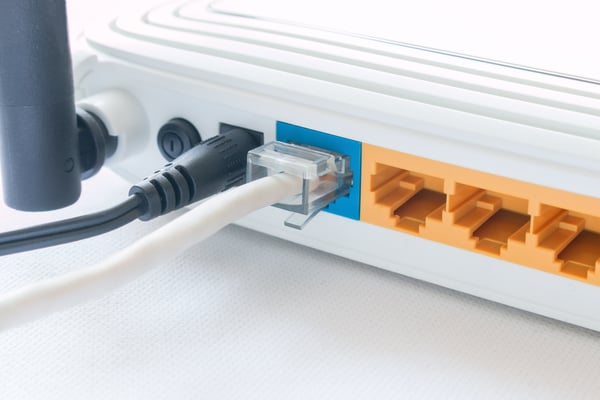June 17, 2019 • John Bambenek
US Heightens Online Attacks on Russian Power Grid: How DNS Can Protect Critical US Infrastructure
1Min read
•
Cybersecurity,
dns,
DNS Firewall,
threat intelligence,
threat actors,
dns security,
nation-state attacks,
whitelisting



